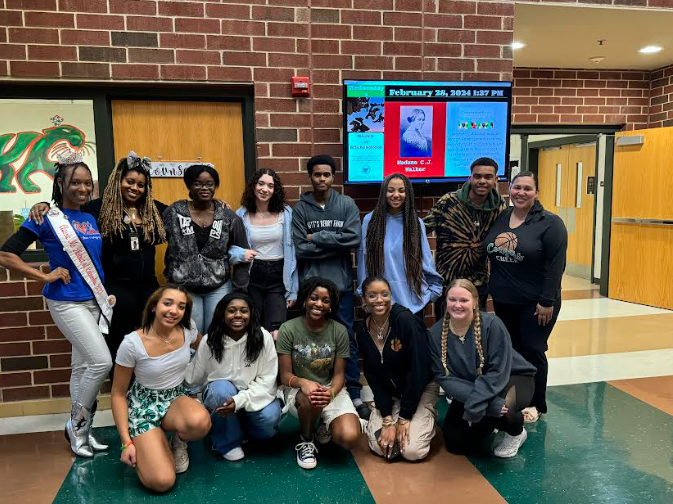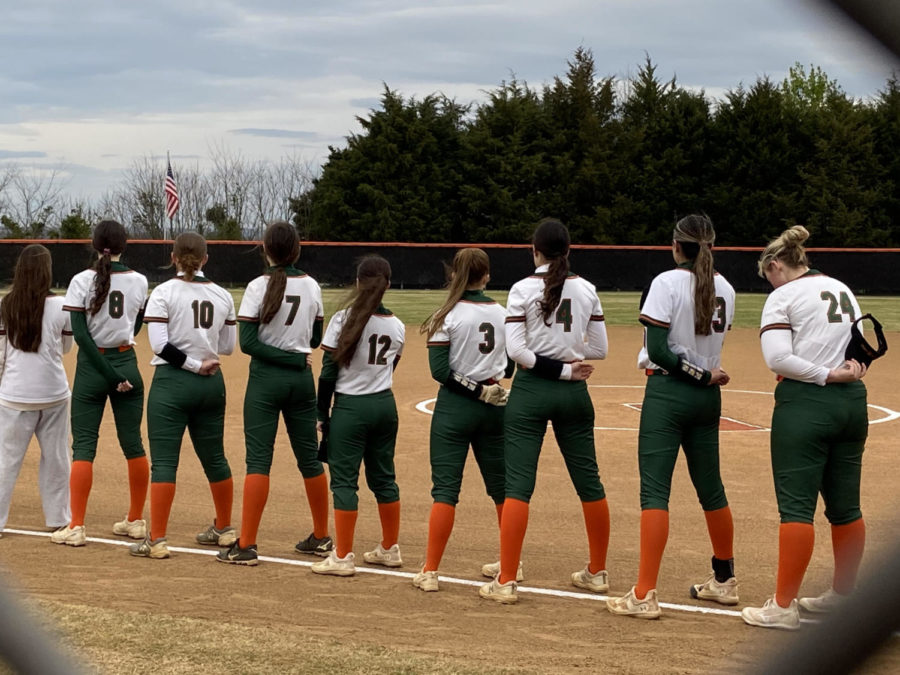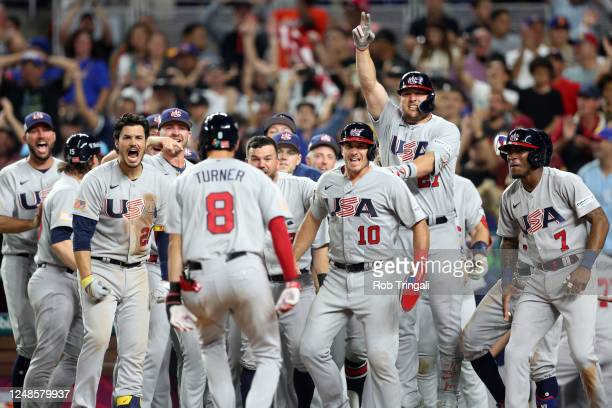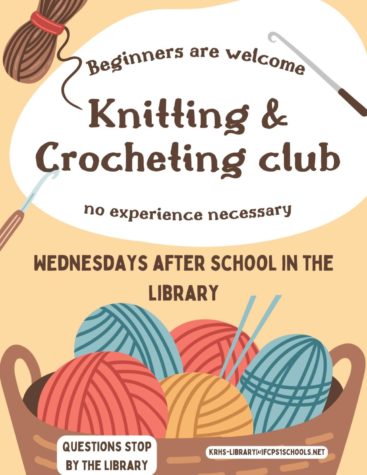Governor Youngkin Attacks CRT Teaching in Virginia
Critical race theory continues to be a divisive topic in the United States
February 17, 2022

Critical race theory, or CRT, has been a hot-button topic for many years now, gaining more attention when civil rights activists took to the streets in protest of police brutality and systemic racism in mid-2020. CRT is an academic concept focused on analyzing racism in everyday life and how it affects our psychology, sociology, and legal systems. It also means to evaluate the source of racism in history and how it has evolved and perpetuated since then. It has become the center of much debate between democrats and republicans, especially in Virginia with republicans and conservative-leaning politicians strongly opposing the teaching of CRT in public education.
Virginia’s new governor, Glenn Youngkin, campaigned in 2021 with a strong focus on anti-CRT plans, stating that CRT makes students “only view life through the lens of race and presumes that some students are consciously or unconsciously racist, sexist, or oppressive, and that other students are victims” (Watson). Now, as governor, Youngkin immediately took on CRT with his first executive order which focused on banning the teaching of “inherently divisive concepts,” with CRT being listed as an example. Jillian Balow, former Wyoming Superintendent of Public Instruction, has been put to the task by Youngkin to analyze public education policies and programs to see if “divisive concepts” are found within.
This executive order has gained a good amount of attention and controversy not just in Virginia, but around the United States. Researchers who devote their time to analyzing CRT have said that these policies “miss the mark” (Watson). Although CRT is talked about by republicans as something affecting K-12 education, CRT is seen by most researchers in the field as a college-level way of learning and “not easily accessible to K-12 teachers” (Sawchuck). Because of this, supporters of CRT are now criticizing this government action.
When discussing CRT in K-12 education, most supporters state it is focused on diversifying the historical figures and topics students learn about. CRT supporters also try their best to oppose the idea of it focusing on making white students feel guilty or separating children by race when, in the eyes of Republicans, they should not even acknowledge their differing races. Old Dominion University Professor Dr. Shuntay Tarver states that “a more accurate understanding and practice of CRT would be expanding educational access to different viewpoints, including highlighting minority authors or varied accounts” (Watson). Even though supporters and researchers have explained how CRT functions and what goals it has, Republicans still focus on these misconceptions about its process. A group known as the Heritage Foundation, which is heavily conservative, attributed the issues of Black Lives Matter (BLM) protests in 2020 and even LGBTQ+ clubs in public schools to the inclusion of CRT in schools. The organization has claimed, “When followed to its logical conclusion, CRT is destructive and rejects the fundamental ideas on which our constitutional republic is based” (Sawchuck). This opinion is shared by numerous other organizations that see CRT as more of a burden on the education system.
CRT is under attack in numerous states such as Idaho, Iowa, Oklahoma, and Tennessee where legislation has been passed that outlaw its practice in K-12 education. Research is being done by CRT supporters into whether these laws, including Youngkin’s new act, are unconstitutional as they might restrict free speech. Laws such as these can even expand past CRT and affect other parts of the school curriculum, such as ethnic studies and civics classes, which will deal with racial disparities at some point in their program. Tennessee English teacher Michael Stein when interviewed by Chalkbeat stated: “History teachers can not adequately teach about the Trail of Tears, the Civil War, and the Civil Rights Movement. English teachers will have to avoid teaching almost any text by an African American author because many of them mention racism to various extents. Even classics written by white authors like ‘To Kill a Mockingbird’ and ‘Huckleberry Finn’ will now be off limits” (Stout). All of this stems from politicians’ fears of these harming children’s minds.
CRT, however, does not aim to harm the minds of students but engage them in critical thinking and analysis about their society. It allows them to engage in politics and current events in more impactful ways. CRT also helps students develop empathy and understanding of one another. Dr. Tarver later stated, “If you decontextualize it and focus on the distorted notion that it teaches racism and hate, we will never have a common language in which we can train and educate our children to work together” (Watson). CRT should not be an opposing force but a common goal for the education system as a whole.
Works Cited:
Sawchuk, Stephen. “What Is Critical Race Theory, and Why Is It under Attack?” Education Week, Education Week, 19 Jan. 2022, https://www.edweek.org/leadership/what-is-critical-race-theory-and-why-is-it-under-attack/2021/05.
Stout, Cathryn. “’Teaching the Truth’: Tennessee Educators Respond to Proposed Limits on Teaching about Racism.” Chalkbeat Tennessee, Chalkbeat Tennessee, 11 May 2021, https://tn.chalkbeat.org/2021/5/10/22429654/teaching-the-truth-tennessee-educators-respond-to-proposed-limits-on-teaching-about-racism.
Watson, Evan. “Youngkin: Ban Critical Race Theory and ‘Inherently Divisive Concepts’ in Public Education.” 13newsnow.Com, 17 Jan. 2022, https://www.13newsnow.com/article/news/education/glenn-youngkin-critical-race-theory-ban-executive-order/291-30a4d6e7-3fcf-4938-8d7f-7f82e5b24d44.

















